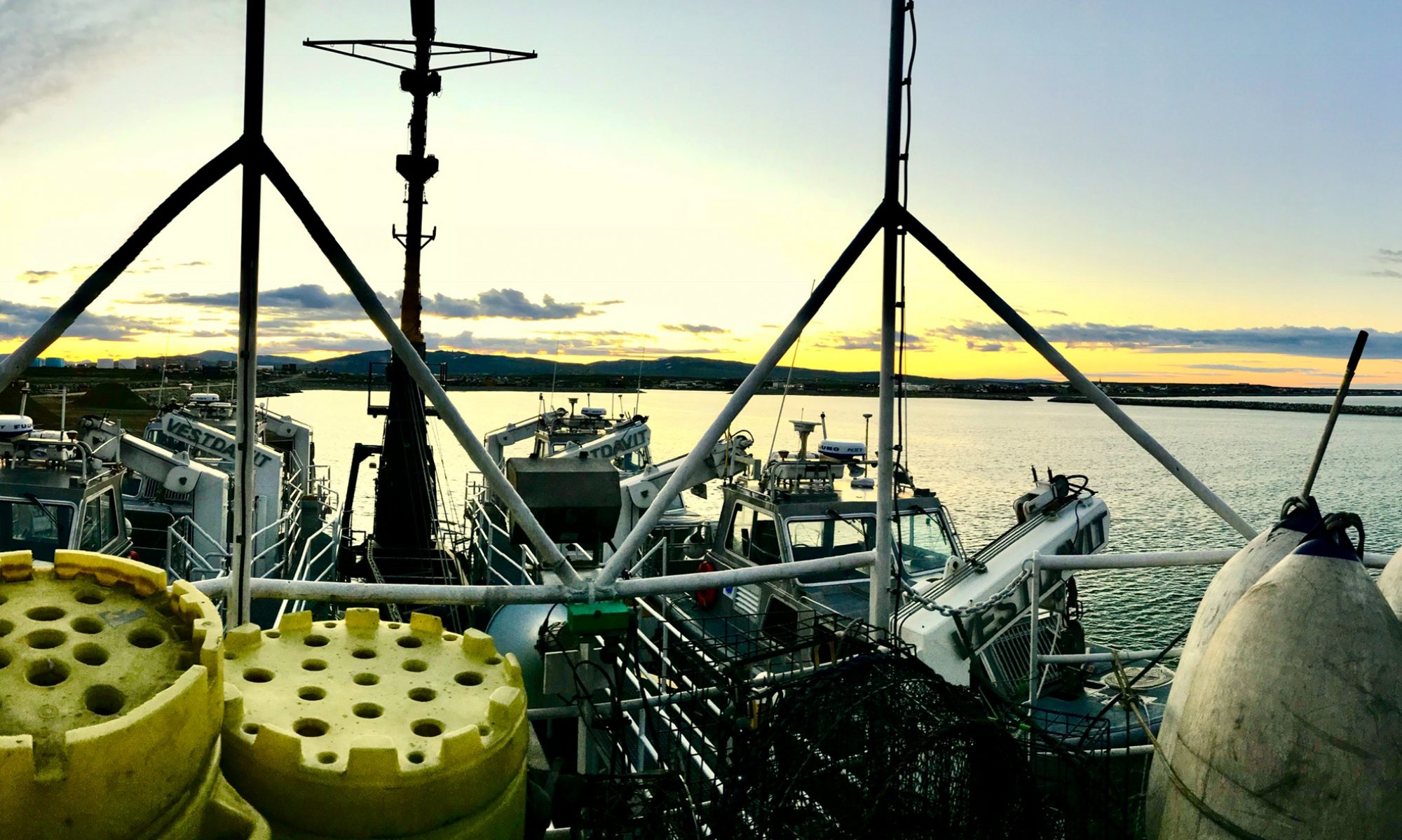NOAA Teacher at Sea
Martin McClure
Aboard NOAA Ship Oregon II
July 25 – August 9, 2023
Mission: Shark/Snapper Long Line Survey
Geographic Area of Cruise: Gulf of Mexico/Atlantic Ocean
Date: Jul 28, 2023
Weather Data from the Bridge
Latitude: 25°49.441’N
Longitude: 79°59.970’W
Temperature: 30.5° Celcius
Wind Speed: 7 knots
Science and Technology Log
NOAA conducts the Shark/Snapper Longline Survey each year at the same time and place. It goes from July through September and surveys from Cape Hatteras, North Carolina, to West Palm Beach, FL, and the U.S. northern Gulf of Mexico from southwest Florida to Brownsville, TX. This is a longline survey and one mile of gear is baited and laid down for one hour.
When the line is reeled in, the science and fishing teams take them off the hooks and record data on the fish. The data gathered includes what species (kind of fish) are caught, if they are male or female, their age, weight and length. Additionally, the sharks will be tagged with a number and released.
The data collected will be used by NOAA to help manage the health of the fishery. It is one set of data that goes into deciding how many fish can be safely taken from the ocean each year. Without this information, fishermen might take too many fish to keep the population stable.
NOAA Ship Oregon II is the ship that is used to conduct this survey each year. It takes a lot of people working together to accomplish this. The crew of the Oregon II is made up of several teams. Everyone has a job as a part of the team to make sure everything works as needed.
The NOAA Corps are the officers on the ship. They are responsible for the overall operation of the ship and are in charge of navigation, steering and everyone’s safety. They work in shifts from the “bridge.”
The engineering team makes sure that everything is working properly. This includes the engines, electrical systems, fresh water and the all-important air conditioning.
The deck crew includes the professional fisherman who do boat maintenance, prepare fishing gear as well as handle the big fish.
There are two stewards who prepare our meals and keep the dining area clean. They keep us well fed with several choices available at each meal three times a day.
The electronics department has just one person who is responsible to make sure all of the technology is working properly. That is a very big responsibility on this ship.
Finally, there is the science team. That is where I fit in. There are four NOAA scientists and six volunteers. I am one of the volunteers. The other volunteers are all university students.
There are 29 people on board and everyone works on shifts. The ship operates 24 hours a day so all jobs must be done around the clock. Most teams have two shifts that each last for… you guessed it… twelve hours.
Personal Log
These first few days have been spent getting acquainted with the layout of the ship, learning the routines of life on the ocean and the people on the ship. The most striking feature is that there seems to be an incredible amount of equipment packed into such a small space. Everything a crew of 29 could need for three weeks, emergency equipment and replacement parts. Yet, in any one place, there is adequate room to move and work. I have a “stateroom” that I share with one other member of the science team. Each of us have a “rack” to sleep in, lockers and drawers for personal belongings as well as a fold out desk to work at. We also have a sink and mirror. All this in a room that is about 7’X10’.
Rarely are we both in there but there is adequate room when that happens. The “passageways” are narrow and it takes coordination to pass another crewmember. The “mess” seats twelve people, at most, so we have to eat meals in shifts.

There are three bathrooms and two showers available for general use. Showers should be short to preserve water as well as to make it available for others to use. There are three different “gym” areas with equipment to work out in. My favorite is the flying bridge where you can look out over the ocean.
Safety is a priority on board the ship. We start by using basic safety procedures while moving around the ship. While underway, the pitch (front to back motion) and roll (side to side motion) of the ship never stops. This becomes more or less pronounced depending on the weather. So moving through the passageways and doorways and especially on the outside decks, one must be careful to use a hand to keep their balance. The stairwells are narrow and steep but negotiable. When using stairwells always have 3 points of contact, that means use two hands and then a foot is the third point of contact.
Moving around comes more easily with time. No open toed shoes are to be worn except on the way to and from the shower. Safety equipment must be worn when working. We will be wearing hard hats, gloves, glasses and a work vest. The work vest looks a lot like a personal flotation device but flat. If you fall overboard it will automatically inflate. There is a lot of equipment and devices all over the ship for use in emergency situations.
Fire extinguishers, AEDs, masks for smoke, and, of course, life rafts. We have to do drills to make sure that we know what to do in emergencies.
Did You Know?
Did you know that not all sharks reproduce the same way? Be sure to check future blogs to find out how.
Animals Seen Today:
and also: masked booby, swallow, flying fish, barracuda.


































































